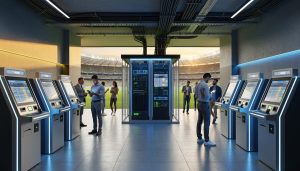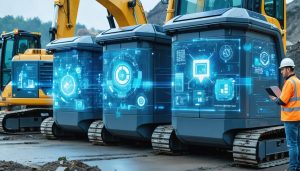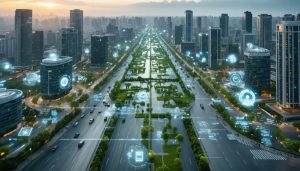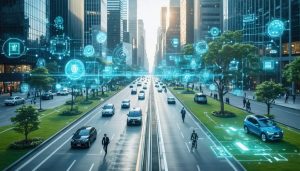
Brazilian Stadiums Are Being Rebuilt for the Sports Betting Boom
Brazil’s sports betting legalization has catalyzed a construction revolution inside stadiums, where operators like 5500 bet vip are demanding sophisticated architectural solutions that balance regulatory compliance with fan experience. As the nation’s gaming industry matures, facility designers face unique challenges: integrating betting kiosks and lounges within existing stadium infrastructures while maintaining structural integrity, managing egress requirements, and accommodating complex power and data distribution networks that support real-time wagering technologies.
The …









